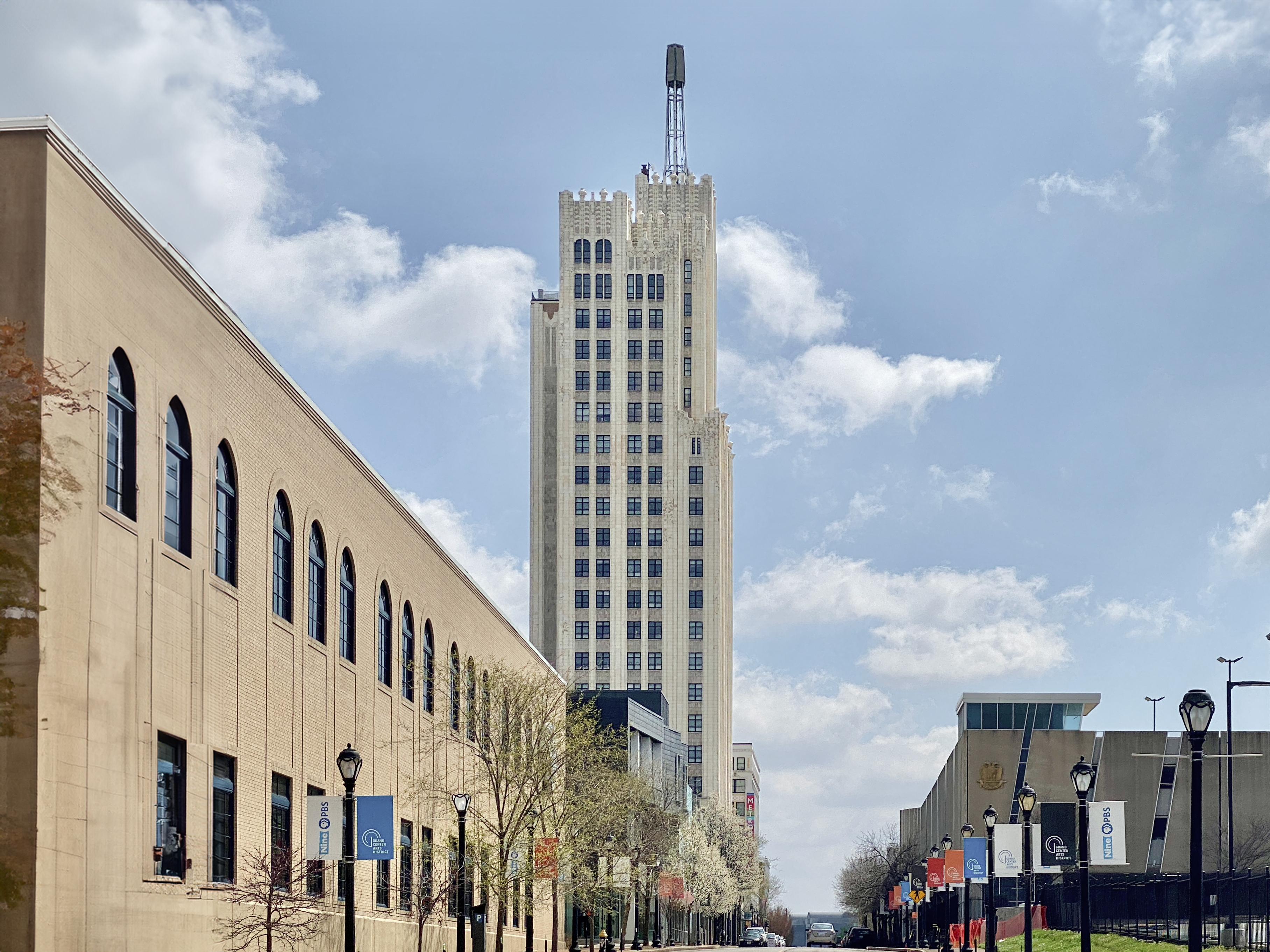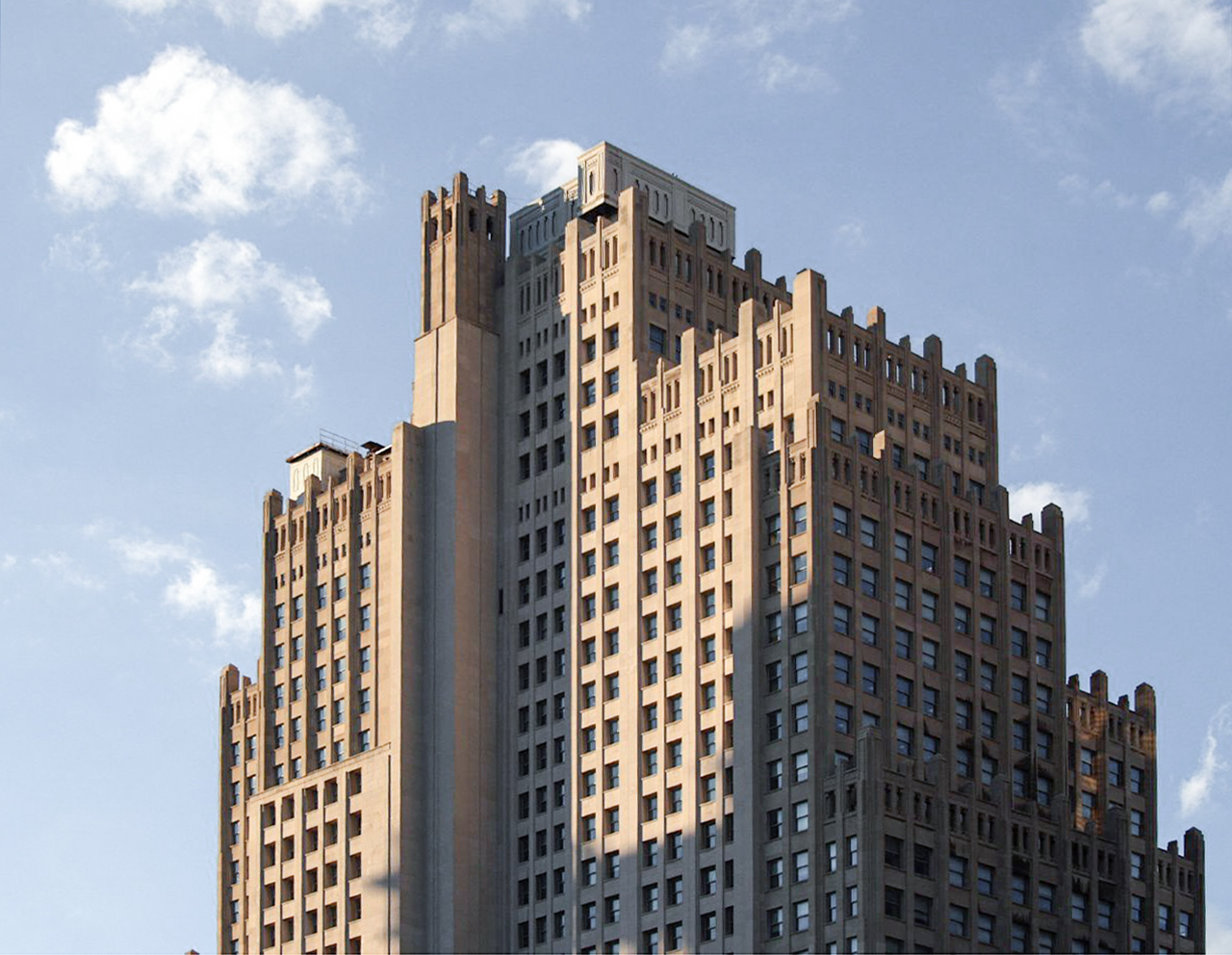The Continental Life Building is an Art-deco skyscraper designed in 1928 by William B. Ittner, and built between 1929 and 1930 in St Louis, MO.
Continental Life Building is not the only name you might know this building by though. It is common for companies to want to attach their names to iconic buildings when they move in, or for the general public to come up with nicknames, and this one is no exception. The building has changed names several times over the years, and is also known as:
- Continental Building.
- Continental Life Apartments from 2022 until this day.
Its precise street address is 3615 Olive Street, St Louis, MO. You can also find it on the map here.
The building underwent a major restoration between 2001 and 2002. The architect commissioned to undertake this restoration was HBD Contrating.



